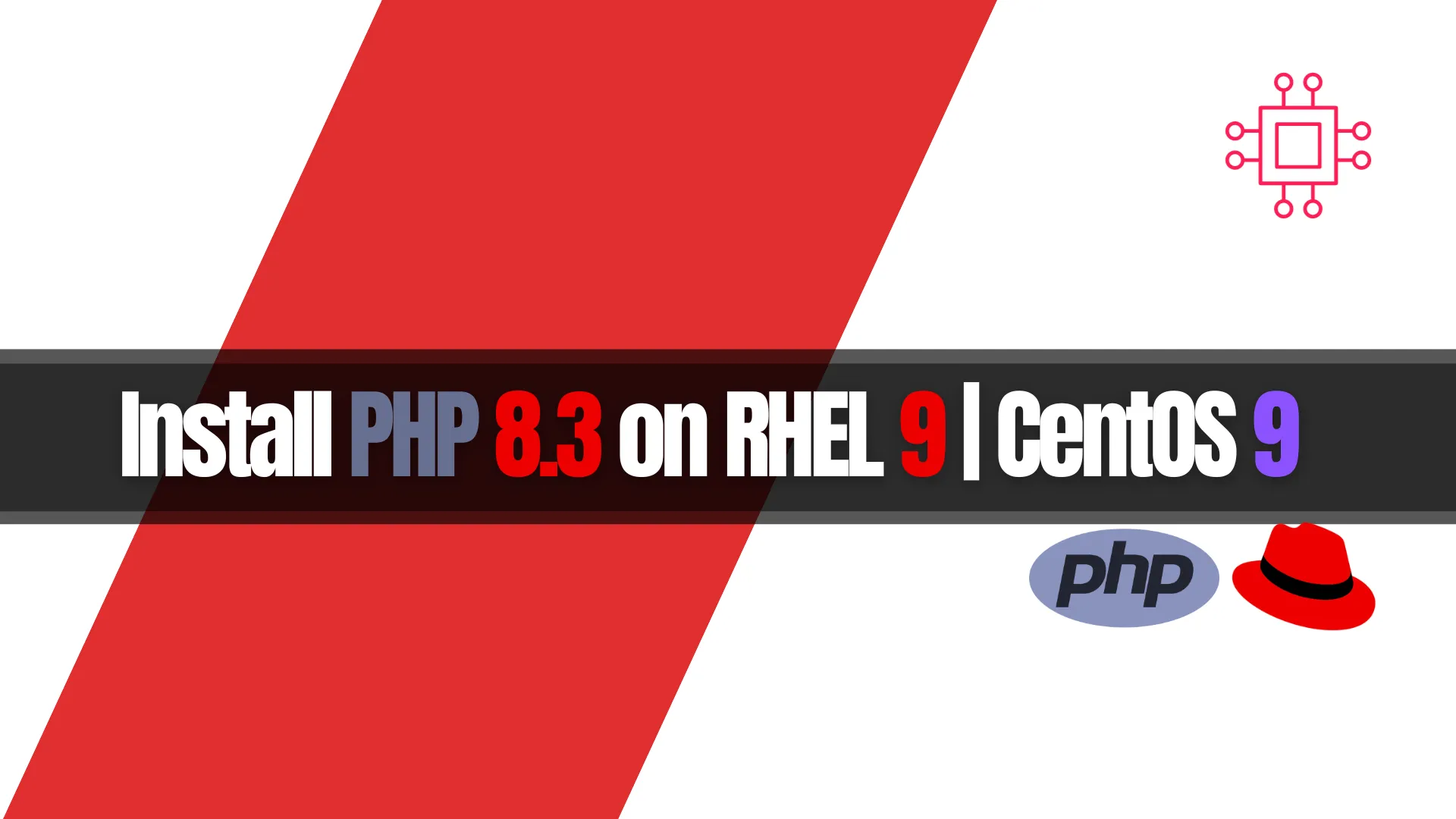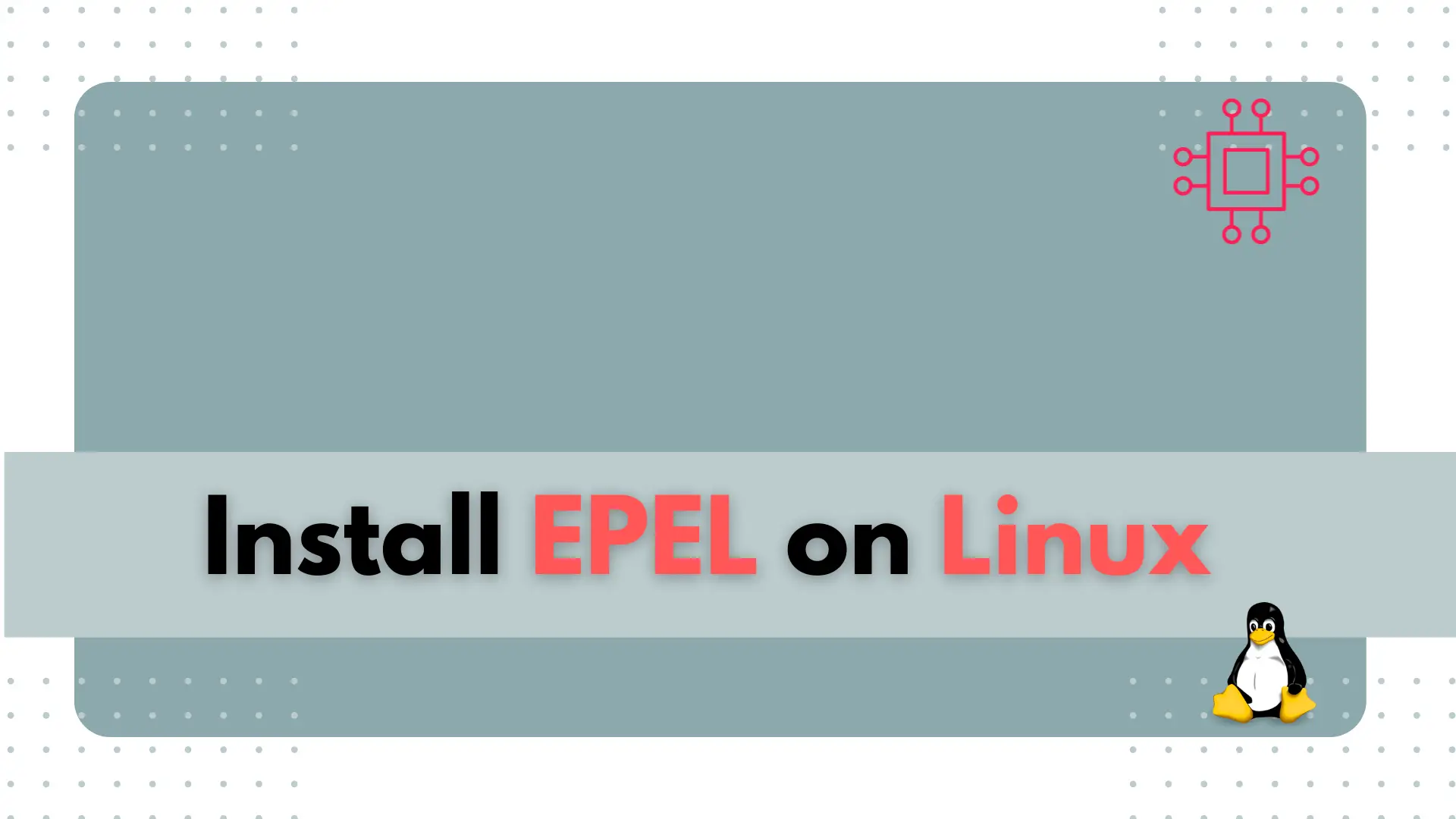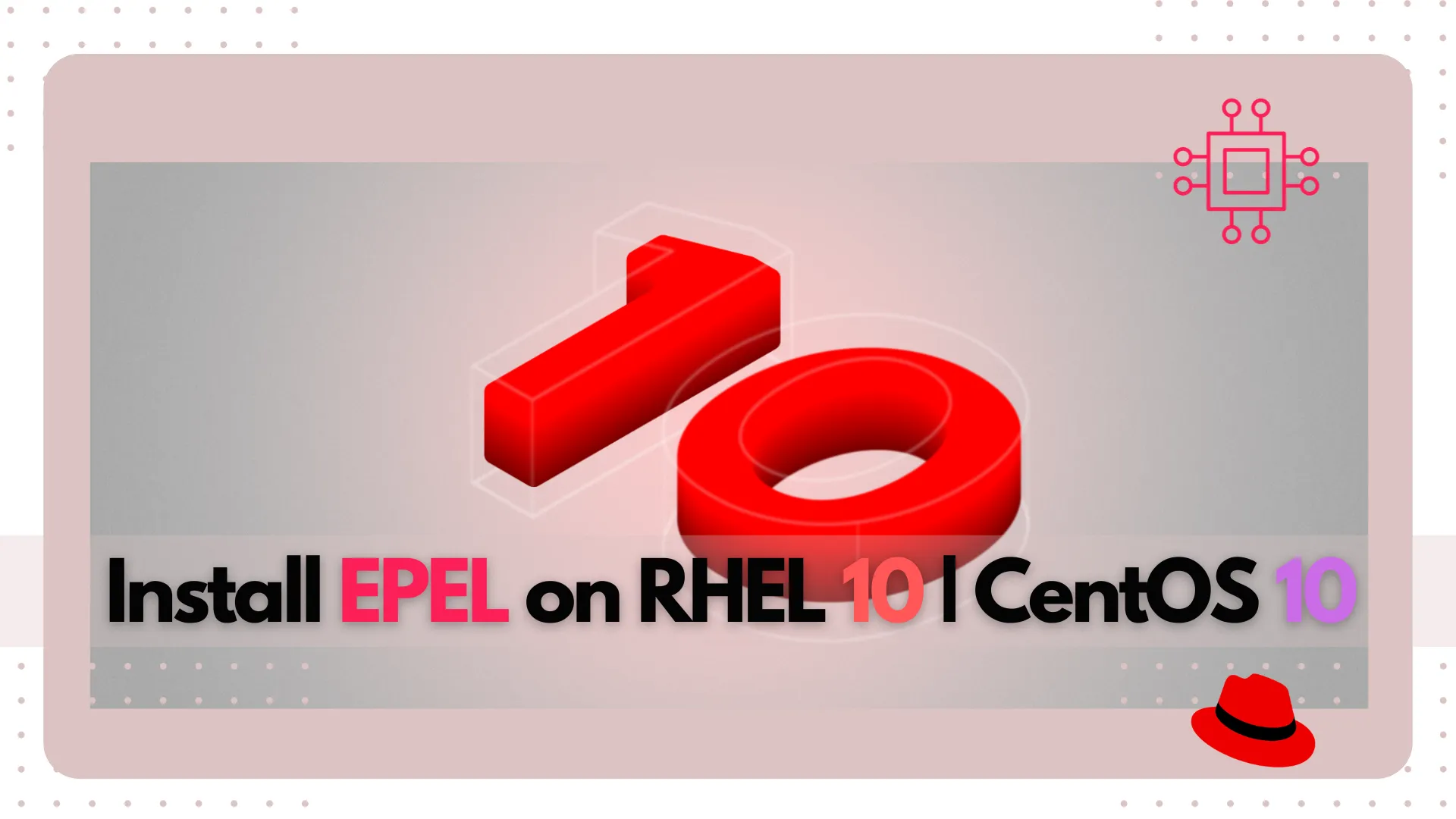
Learn how to install PHP 8.3 on RHEL 9 | CentOS 9 with step-by-step instructions. Enable repositories, configure Apache, and optimize your server for performance.

Learn to enable and use the Remi repository on RHEL 10 / CentOS 10 for installing modern PHP, MariaDB, and LAMP‑stack components safely and selectively.
The Remi repository offers up-to-date versions of popular server-side software—such as PHP, MySQL, and MariaDB—not typically included in the default Enterprise Linux distributions. Combining Remi with EPEL and the CodeReady Builder (CRB) repository lets you access cutting-edge packages while maintaining system stability on RHEL 10 or CentOS 10.
In this guide, you’ll find:
|
|
|
|
Let’s dive in.
Remi provides:
| Benefit | Description |
| Latest Builds | Access to modern PHP, MySQL, and MariaDB versions |
| Software Collections | Maintain multiple versions side-by-side |
| Selective Enabling | Enable the repo only when needed to avoid conflicts |
| Wide Coverage | Supports Enterprise Linux 10 (RHEL, CentOS Stream, etc.) |
✅ Prerequisites: Enable EPEL & CRB |
Before enabling Remi, ensure two vital repositories are active:
# 1. EPEL (Extra Packages for Enterprise Linux)
sudo dnf install -y epel-release
# 2. Enable CodeReady Builder (CRB) for RHEL systems
sudo subscription-manager repos --enable codeready-builder-for-rhel-10-$(uname -m)-rpms
These are required because Remi’s packages often depend on components within EPEL and CRB.
🔄 Option 1: Install Remi for RHEL 10 / CentOS 10 |
# 1. Install Remi repository
sudo dnf install -y https://rpms.remirepo.net/enterprise/remi-release-10.rpm
# 2. Optional: Clean cache
sudo dnf clean all && sudo dnf makecache
🔄 Option 2: Temporarily Enable Remi for Specific Packages |
# Install a specific package using Remi without enabling it permanently
sudo dnf --enablerepo=remi install <package-name>
🔄 Option 3: Permanently Enable Remi |
Edit /etc/yum.repos.d/remi.repo:
[remi]
enabled=1
[remi-safe]
enabled=1 # if needed
Then run:
sudo dnf repolist
This shows active Remi repositories alongside base repos.
|
|
|
🖥️ Example: Switch to Remi PHP 8.3 |
sudo dnf module reset php
sudo dnf module enable php:remi-8.3/common
sudo dnf install -y php php-cli php-fpm php-mysqlnd
🖥️ Example: Install PHP 8.4 as Software Collection |
sudo dnf install -y php84-php php84-php-fpm php84-php-mbstring
These commands leverage Remi’s modular structure to safely manage parallel versions.
# Enable Remi temporarily for installation
sudo dnf --enablerepo=remi install httpd mariadb-server php
# Start services
sudo systemctl enable --now httpd
sudo systemctl enable --now mariadb
| Strategy | Pros | Cons |
|---|---|---|
Temporary enable (--enablerepo) | Avoids overrides, safe | More typing, manual each time |
Permanent enable (enabled=1) | Convenient for frequent use | Risk of accidental system-wide overrides |
Using modules (php:remi-8.3) | Enables version control, stable | Requires familiarity with modular workflows |
🔧 Metadata or GPG issues? |
sudo dnf clean all && sudo dnf makecache
🔧 Dependency conflicts? |
sudo dnf --disablerepo="*" --enablerepo=remi install <package>
🔧 Module version misalignment? |
sudo dnf module reset php
sudo dnf module list php
The Remi repository is an invaluable resource for developers and system administrators on RHEL 10 or CentOS 10 wanting access to modern PHP, MySQL/MariaDB, and related packages. By carefully pairing Remi with EPEL and CRB—and leveraging modular workflows—you can keep your system current without sacrificing stability.
This guide walked you through:
|
|
|
|
|
Use Remi with intentionality—enabling only what’s needed—to enhance your enterprise Linux environment safely and effectively.
Did you find this article helpful? Your feedback is invaluable to us! Feel free to share this post with those who may benefit, and let us know your thoughts in the comments section below.

Learn how to install PHP 8.3 on RHEL 9 | CentOS 9 with step-by-step instructions. Enable repositories, configure Apache, and optimize your server for performance.

In this article, we will guide you through the process of installing EPEL on various versions of RHEL and CentOS. Table of Contents 🔈Introduction The

Learn how to install and enable the EPEL repository on RHEL 10 or CentOS 10 step-by-step, with CLI commands, troubleshooting tips, and best practices. Table of Contents
